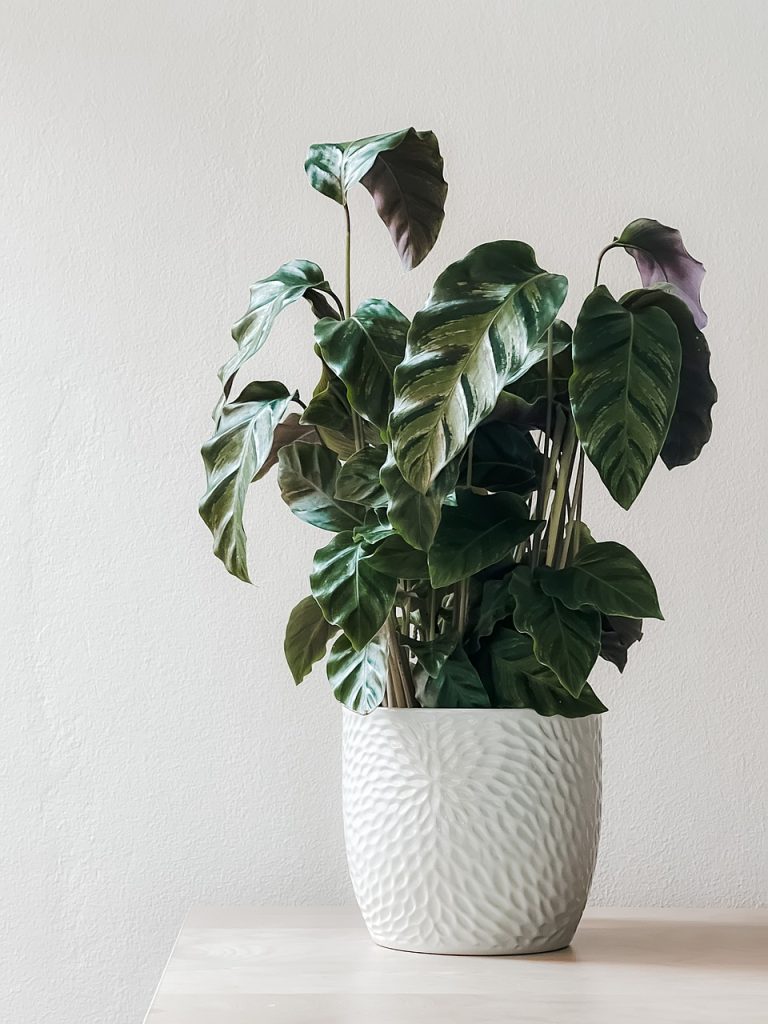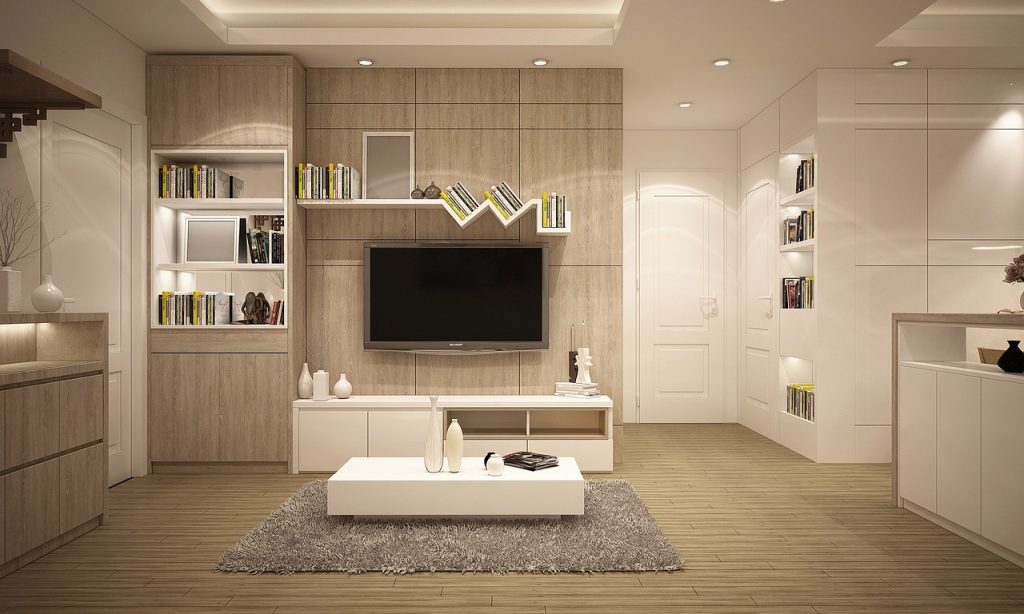Table of Contents
Redesigning your living space can be an exciting and transformative process, offering a chance to create a more functional, aesthetically pleasing, and personalized environment. One of the emerging trends in interior design is the use of fluted solid wood panels, which add texture, warmth, and a sense of sophistication to any space. These panels create a dynamic interplay of light and shadow, bringing depth to walls and furniture while maintaining a natural, organic feel. Whether you are looking to update a single room or undertake a complete home renovation, there are various approaches to changing the design of your living space to reflect your personal style and enhance comfort.
Color Palette

A great starting point when redesigning your home is selecting a cohesive color palette. Colors have a significant psychological impact, influencing mood and perception of space. Neutral shades such as beige, gray, and off-white create a timeless and calming atmosphere, while bold hues like deep blue, emerald green, or terracotta can add drama and character. If you want to introduce color without committing to painted walls, consider using colorful decor elements such as throw pillows, rugs, or artwork. Accent walls, whether painted or clad with materials like wallpaper, stone, or fluted solid wood panels, can also serve as focal points that bring visual interest to a room.
Furniture Selection
Furniture selection plays a crucial role in altering the aesthetic of your home. Modern interior design favors multifunctional furniture, which is particularly useful for small apartments. Pieces like extendable dining tables, sofa beds, or ottomans with hidden storage can optimize space while maintaining style. If you prefer a minimalist approach, opt for furniture with clean lines and simple silhouettes. On the other hand, if you favor a more eclectic style, mixing vintage and contemporary furniture can create a unique and inviting look. Reupholstering chairs, painting wooden furniture, or adding decorative knobs to cabinets are budget-friendly ways to refresh existing pieces without replacing them entirely.
Lighting
Lighting is another key factor that can dramatically transform the ambiance of a space. Layered lighting, which includes ambient, task, and accent lighting, ensures a well-balanced and functional interior. Installing dimmable lights allows you to adjust brightness according to different activities and moods. Pendant lights, chandeliers, and floor lamps can serve as statement pieces, while LED strip lights or wall sconces can highlight architectural details, including fluted solid wood panels. Natural light is equally important, so using sheer curtains or opting for larger windows can enhance the brightness and openness of a room.
Textures and Materials
Textures and materials contribute significantly to the overall feel of a space. Combining different textiles and materials adds depth and character. Velvet, wool, and linen create a cozy and inviting atmosphere, while materials like glass, metal, and concrete lend a more industrial and modern edge. Rugs are an excellent way to introduce texture, define spaces, and add warmth to hardwood or tile flooring. Layering different textures, such as combining a leather sofa with a knitted throw and silk cushions, can create a visually rich environment that feels curated and welcoming.
Nature-Inspired Elements

Incorporating nature-inspired elements can enhance the tranquility and freshness of your home. Houseplants, whether large statement plants like fiddle-leaf figs or small succulents, bring life to interiors while improving air quality. Natural materials such as rattan, bamboo, and stone contribute to an organic aesthetic that aligns with biophilic design principles. If maintaining real plants is a challenge, high-quality artificial plants or dried flowers can offer a similar visual effect with minimal upkeep.
Art and Decor
Personalizing your space with art and decor ensures that your home reflects your unique style and personality. Gallery walls featuring artwork, photographs, or even framed textiles can add character to blank walls. Sculptures, decorative vases, and bookshelves filled with meaningful objects make a home feel lived-in and curated. If you enjoy DIY projects, creating custom artwork or repurposing vintage finds can add a personal touch that is both cost-effective and rewarding.
Structural Changes
For those seeking a more dramatic transformation, structural changes such as removing non-load-bearing walls to create an open-plan layout or installing built-in shelving and niches can redefine the functionality and flow of a space. Sliding doors, particularly those with glass panels, can provide flexibility between open and closed spaces while maintaining a sense of connectivity. Changing flooring materials, whether switching from carpet to hardwood or adding patterned tiles to a kitchen or bathroom, can have a significant impact on the visual appeal of a home.
Smart Technology
Smart home technology is another consideration when updating your living space. Integrating smart lighting, thermostats, or voice-controlled assistants can enhance convenience and efficiency. Automated blinds, security systems, and energy-saving appliances not only improve functionality but also contribute to a more sustainable and modern home.
Storage
Storage solutions play an essential role in maintaining an organized and clutter-free home. Maximizing storage space through built-in cabinets, under-bed storage, and modular shelving can help keep belongings neatly arranged. Utilizing vertical space with wall-mounted shelves or pegboards is especially beneficial in small apartments. Furniture with hidden compartments, such as storage ottomans or beds with drawers, can further optimize space without compromising aesthetics.

Upcycling and Repurposing
For those on a budget, upcycling and repurposing existing furniture and decor is a sustainable and creative way to refresh a home. Sanding and repainting old furniture, reupholstering chairs, or even turning vintage suitcases into storage units can add unique charm and character. Shopping at thrift stores, flea markets, or online second-hand platforms can uncover hidden gems that contribute to an eclectic and personalized home design.
Exteriors
The exterior of a home should not be overlooked when considering a redesign. Outdoor spaces such as balconies, patios, or gardens can be transformed into inviting retreats with the right furniture and decor. Adding comfortable seating, outdoor rugs, potted plants, and string lights can create a cozy and stylish outdoor oasis. If space allows, a small fire pit or water feature can further enhance the ambiance.
Redesigning your home does not necessarily require a full-scale renovation. Sometimes, small but impactful changes, such as rearranging furniture, changing light fixtures, or incorporating new textures, can make a significant difference. Whether your goal is to create a minimalist sanctuary, a vibrant and eclectic haven, or a luxurious and sophisticated retreat, thoughtful design choices can help achieve a space that is both functional and visually appealing. By integrating elements like fluted solid wood panels, layered lighting, natural materials, and personalized decor, you can successfully transform your home into a place that reflects your style and enhances your daily life.

